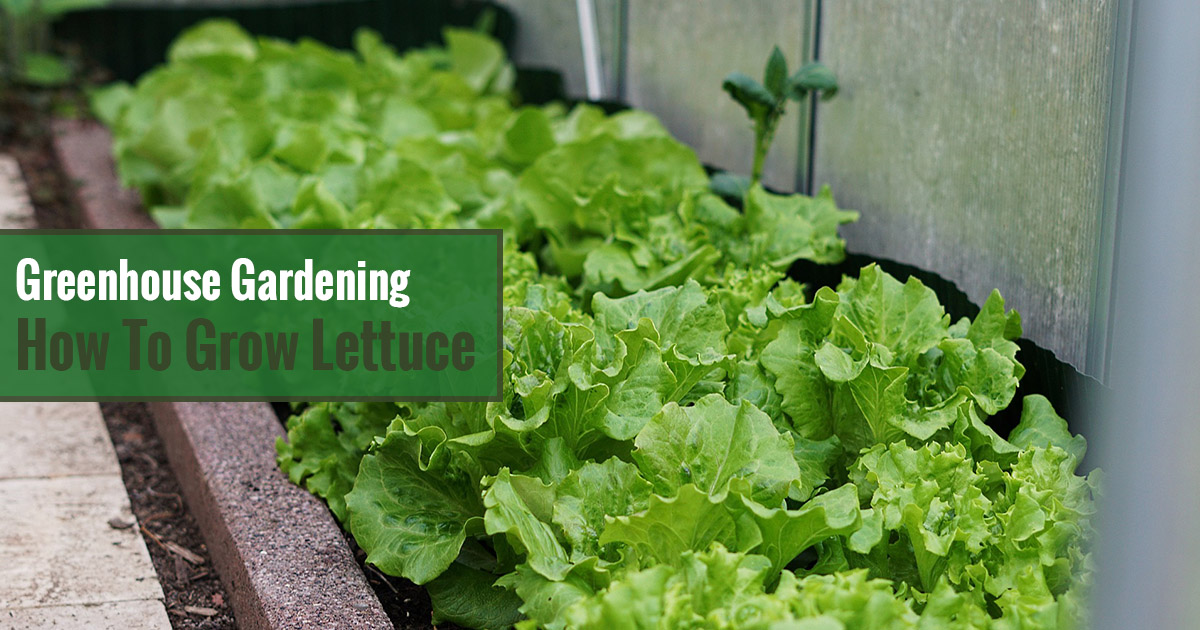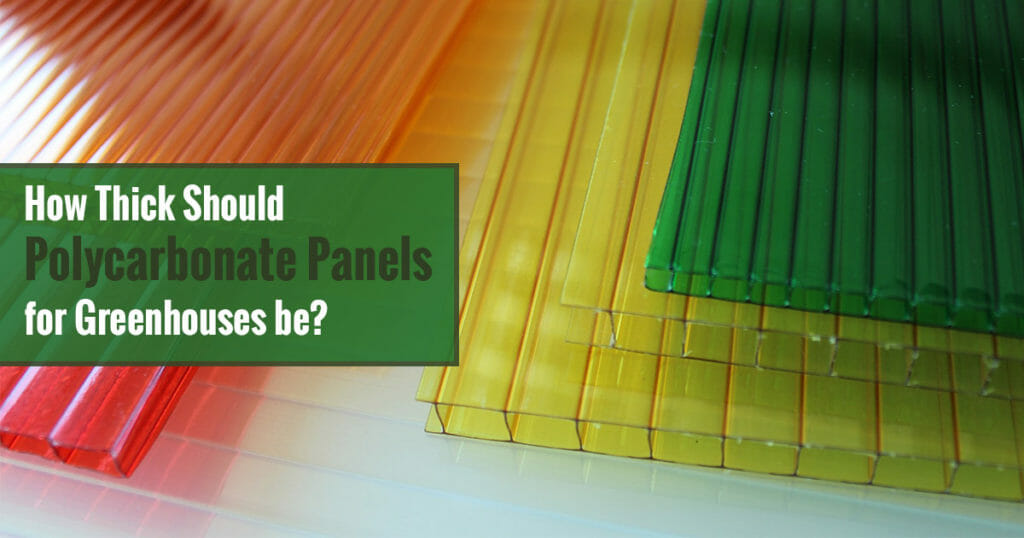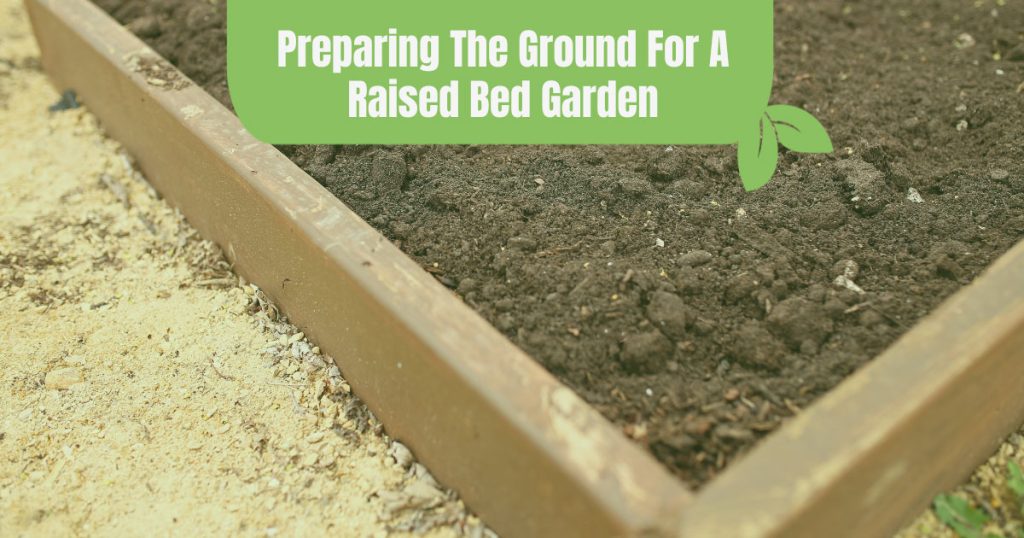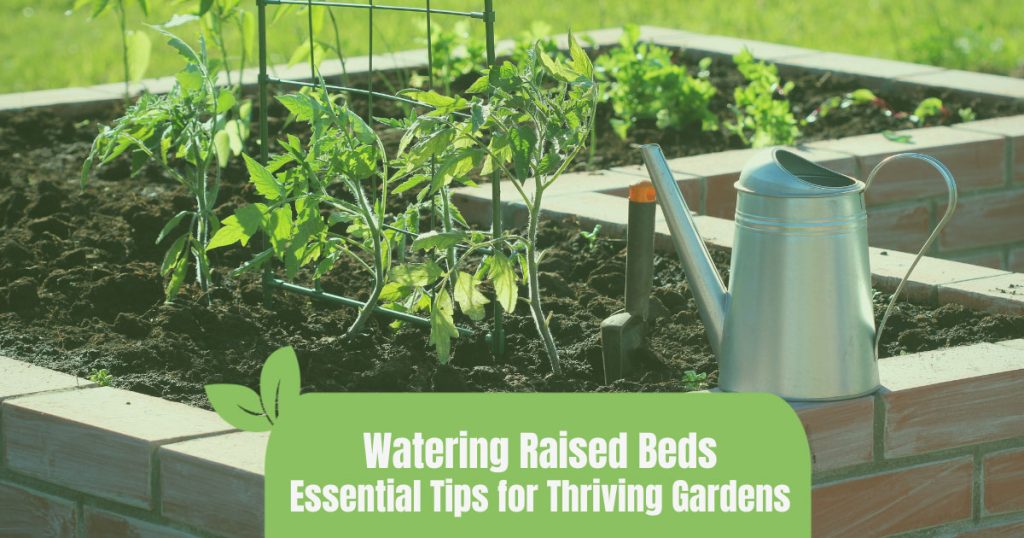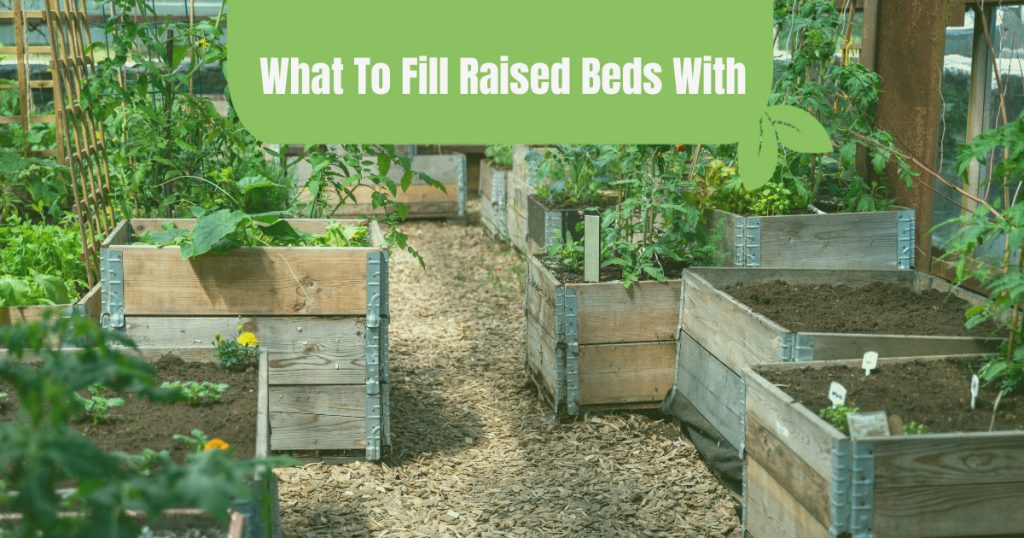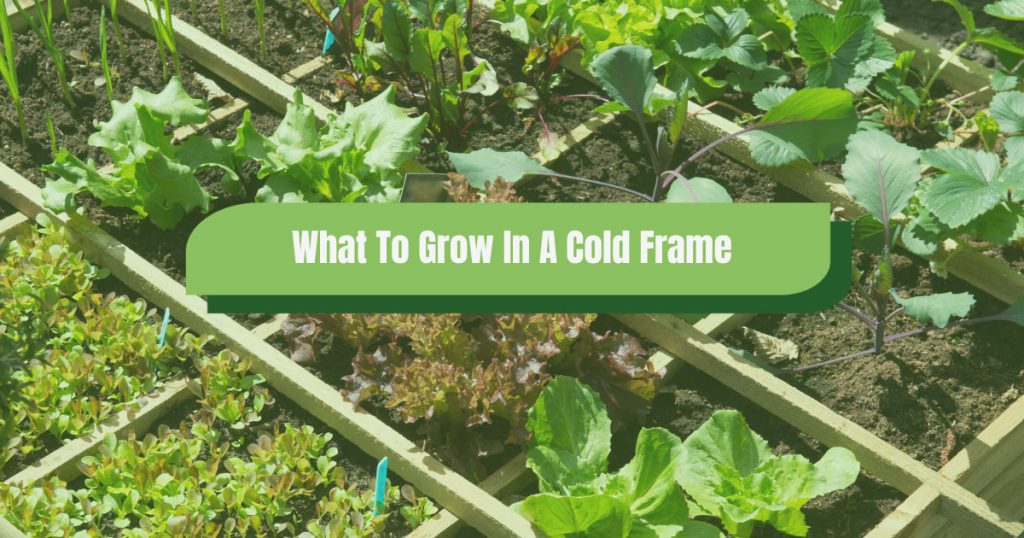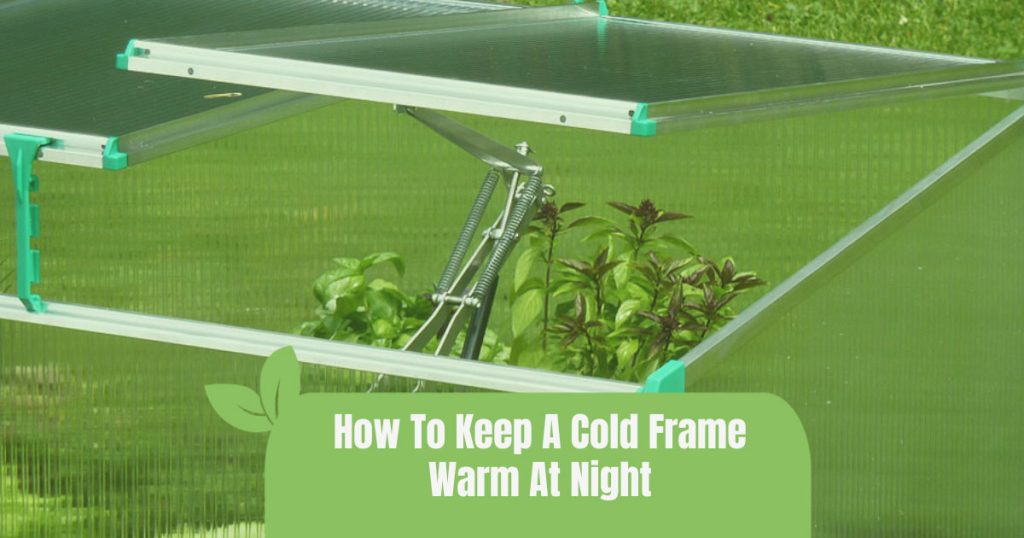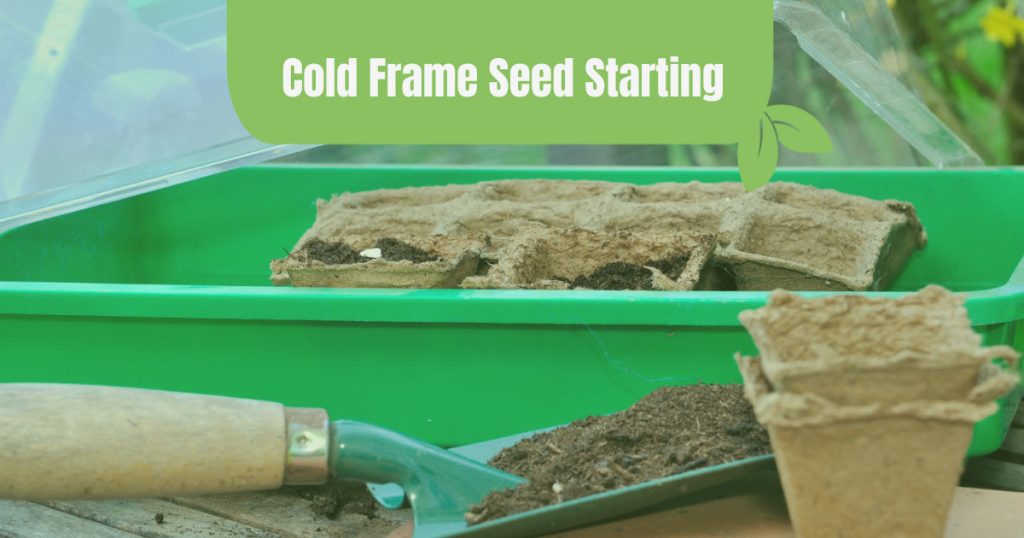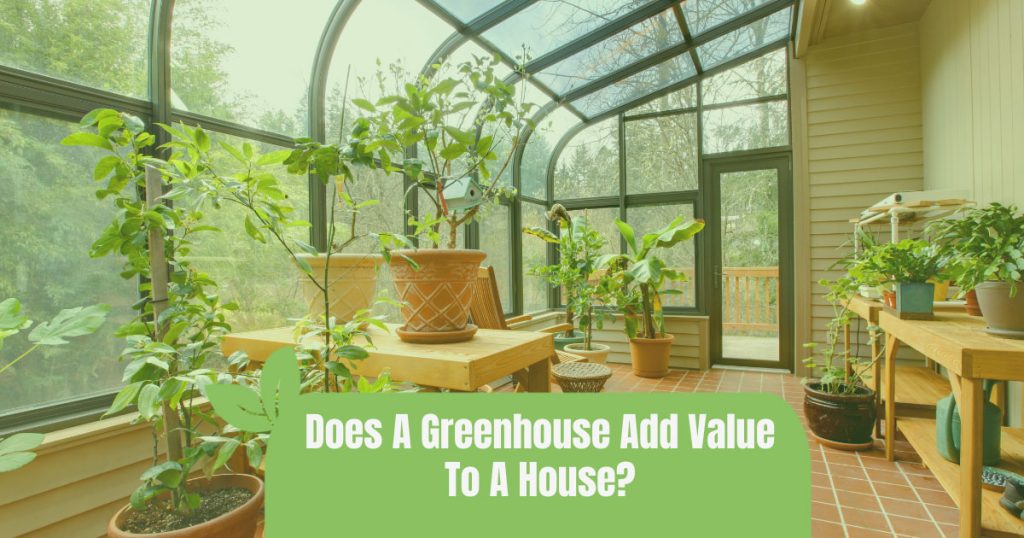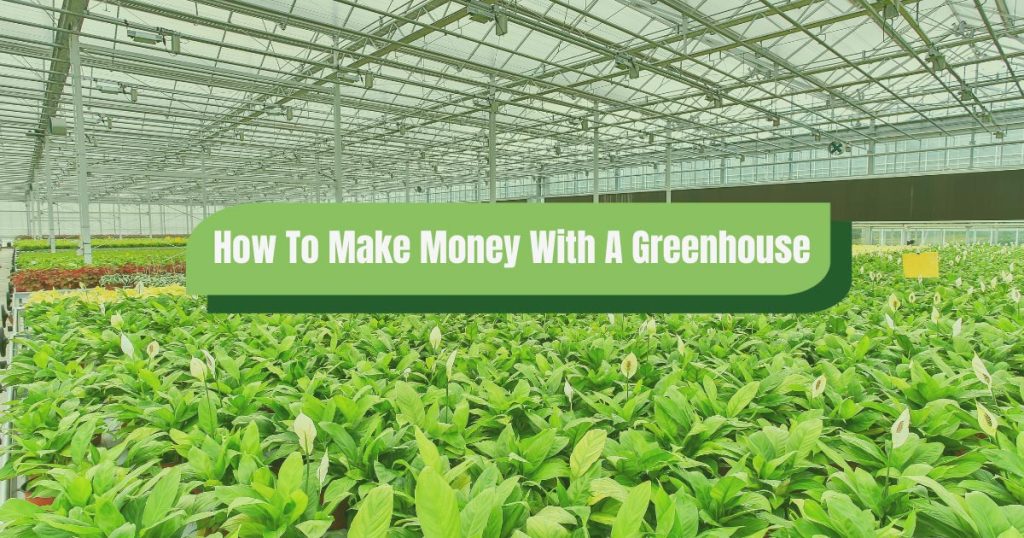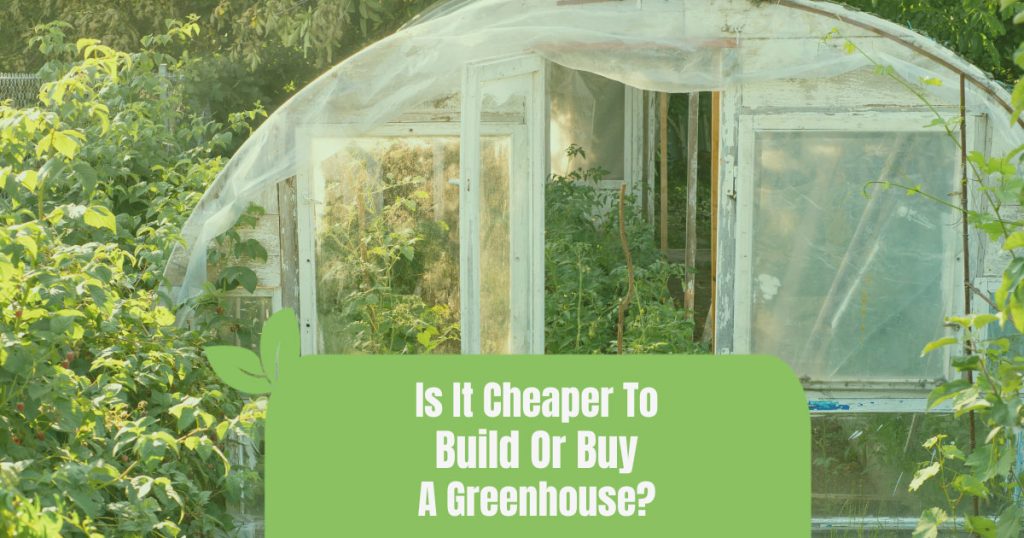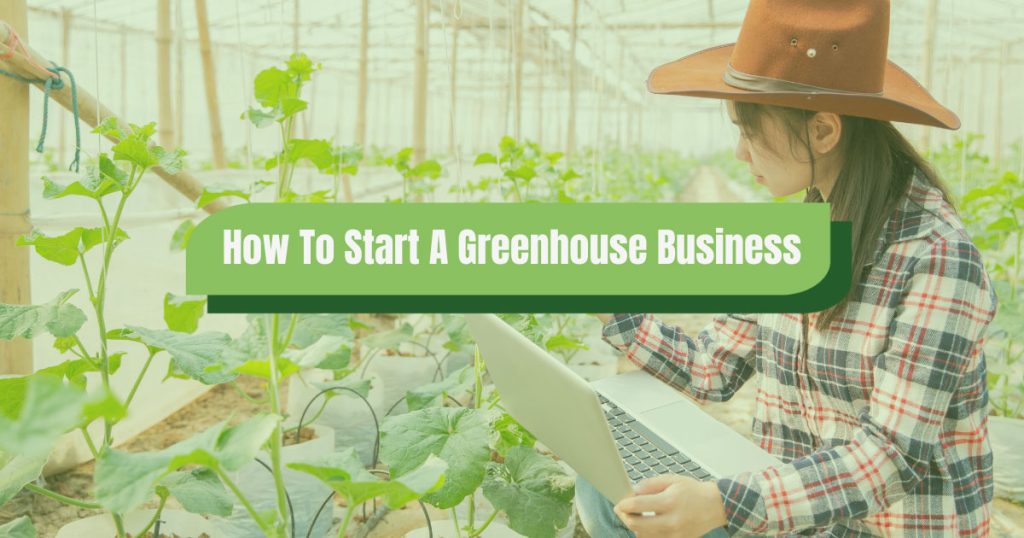
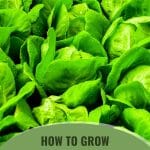





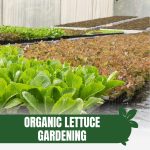
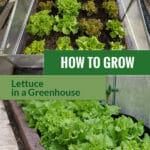
There’s nothing better than making a salad with freshly-picked, homegrown lettuce from the garden. Not only is it a delicious vegetable, it’s also quite easy to grow. With the right planning, you can have a steady supply of lettuce all season long!
Lettuce is the perfect winter plant for your greenhouse. This leafy green likes a cool environment. Therefore, you don’t have to heat your greenhouse as much as for other plants in winter.
This cool-weather vegetable comes in different varieties and will provide you with nutrients throughout the season. Lettuce is rich in Folate, Manganese, Vitamins A, C, K, and dietary fiber. It’s a component of many salad dishes although chefs around the world use it in soups, wraps, and sandwiches as well. Let’s take a look at how you can grow lettuce in a greenhouse!
Quick overview of growing lettuce in a greenhouse
- Type: Cool-season crop
- Time from seed to harvest: 30-70 days
- Germination temp: 40-85°F
- Time until first emergence: 7-14 days
- Best temp to grow: 45-65°F
- Height: 6-24 in
- Spread: 6-24 in
- Light: Full sun (6-8h)
- Grow from seed: 1/8 in deep, 1 in apart in rows 12-18 in apart; thin to 12 in spacing for crisphead varieties, 6-10 in for other types
- Companions: Mint, beans, beets, carrots, corn, peas, and radishes
- Keep away from: Cabbage, kale, and Brussels sprouts
How to plant lettuce in a greenhouse
You can sow at any time as long as the temperature in your greenhouse (and soil) stays within 40-85°F for germination. So, you still need to keep it above freezing but excessive heat will not be good either.
If you want to plant lettuce in the ground:
Sow a few lettuce seeds about every 8-16 inches apart in rows that are 12 inches apart, or broadcast them and plan to thin later.
The exact spacing depends on the type of lettuce you’re growing. For instance, the preferred spacing for loose leaf lettuce or baby lettuce is 4-8 inches apart while loose-headed and firm-headed varieties do well when planted 8 inches and 16 inches apart respectively.
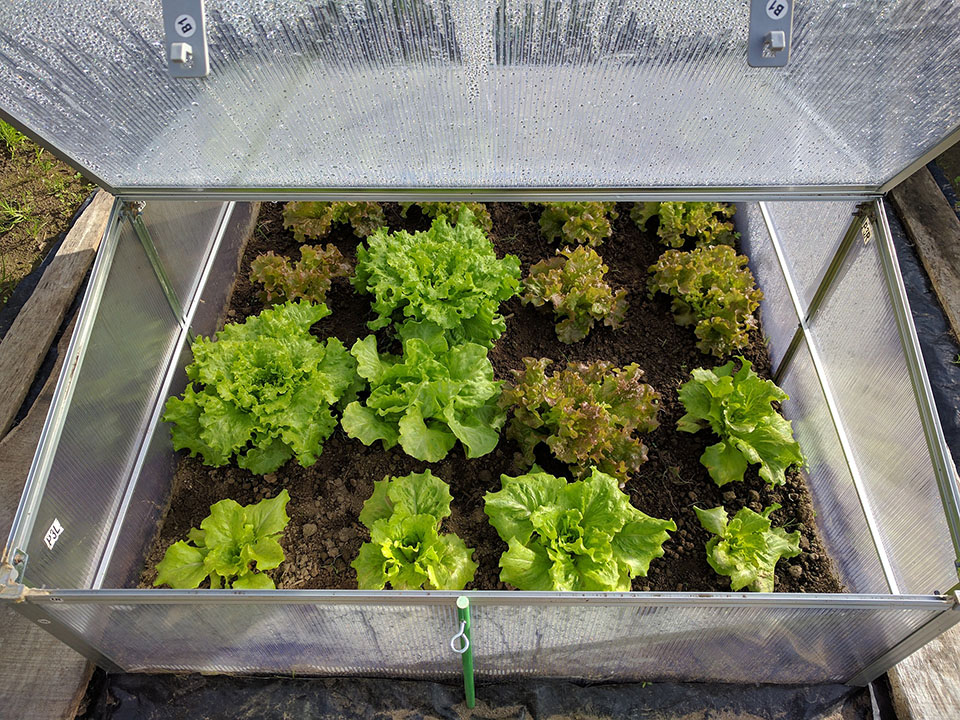
If you plant lettuce in seed trays or containers:
Sprinkle seeds on top of the soil in a container or seed tray. Then, cover the seeds with a shallow layer of fine soil, pressing down gently with your fingers.
Lettuce seeds need light to germinate, so don’t sow the seeds too deep. Water the soil after sowing, ideally on the mist setting to prevent the seeds from washing away.
To ensure fast and even germination, the soil temperature should be between 65 and 70 degrees Fahrenheit. If your daytime greenhouse temperature is colder than this, you can supplement with a seedling heat mat or greenhouse heater.

Best lettuce varieties to grow in a greenhouse
Lettuce is one of the most popular vegetables for greenhouse gardening because it does especially well during the shoulder seasons (spring and fall) and even in winter in mild climates or with supplemental heat. As such, there are many types to choose from, each with many different kinds of varieties. Here are some of our favorites to grow in the greenhouse:
- Winter Density Lettuce: this lettuce has the texture of romaine and the sweetness of a butterhead, and is frost-tolerant, too. Buy it from High Mowing here!
- Australe Lettuce: this butterhead (or bib) lettuce is as beautiful as it is delicious. Buy it from High Mowing here!
- Sulu Baby Leaf Lettuce: ready to eat in just 29 days from sowing, this baby leaf lettuce makes for a delicious and easy salad. Buy it from High Mowing here!
- Red Salad Bowl Lettuce: this red oak leaf lettuce is fast-growing and slow to bolt, making it perfect for fall greenhouse growing. Buy it from High Mowing here!

How to grow lettuce – the requirements
Lettuce is relatively easy to grow, and can yield harvest in as little as one month. However, it does have a tendency to bolt when temperatures heat up, which can happen in a greenhouse even in the dead of winter. Ensure a perfect crop by maintaining ideal lettuce-growing conditions:
Best temperature to grow lettuce in a greenhouse
Maintain the greenhouse temperature between 50 and 70°F throughout the day.
On warmer days, protect your lettuce by keeping the soil moist and letting in plenty of cool air through the ventilation system or other cooling methods. A few days at 90°F or higher will stress your lettuce but won’t necessarily cause it to bolt.
Lettuce grows best with night-time temperatures between 45 and 55°F. It can withstand short cold spells or light frosts at about 35°F, particularly when protected inside your greenhouse, but it won’t survive a hard freeze. Cover the plants with an insulating cover if temperatures drop too low or use a heater.
How much water does your greenhouse-grown lettuce need?
Lettuce requires adequate watering during all stages of growth. Throughout germination, water the seeding tray with a light mist, making sure that the soil is moist but not soggy.
You can use a misting system to automatically water your lettuce plants without producing too much excess moisture. In general, supply about an inch of water every week.
Seedlings benefit from being sprinkled immediately following transplanting with a light solution of seaweed or fish emulsion.
Like other greens, lettuce is shallow-rooted and develops very quickly. Lettuce plants require constant access to lots of water to yield tender, juicy leaves.
What soil is the best for lettuce?
Lettuce thrives in rich, loamy soil with lots of organic material. Before you plant your seedlings, you may use a hand fork to incorporate fertilizer within the first two inches of soil.
They do well in rich, well-drained soil with soil pH ranging between 6.0 and 7.0. Have a consistently moistened soil so your lettuce plants don’t get stressed.
How much light does lettuce need?
Lettuce requires full sun to thrive. Plant your lettuce plants in a spot where they will receive at least six hours of direct sunlight every day, such as a south-facing spot without obstructions.
You can also invest in a grow light set-up to ensure your lettuce plants get plenty of light even in winter.
Common problems
Lettuce is susceptible to some common problems like attacks by earwigs, cutworms, and aphids. Woodchucks and rabbits are harmful as well, though as long as you keep the greenhouse doors and lower windows closed, they shouldn’t be able to get inside.
Mature lettuce leaves tend to become bitter and woody, so it’s best to harvest the leaves when full-size but still young.
Additionally, rot can take hold of a lettuce plant very quickly, especially if overwatered. Check your plants daily for signs of stress and adjust your watering schedule as needed.
Before the weather warms up in the summertime, cover your lettuce with shade cloth which can help delay lettuce’s tendency to bolt, thereby stretching the harvest window.
Tips and tricks on growing lettuce in a greenhouse
- Sowing a few seeds each week will supply you with more lettuce than you can consume. This method, called successive sowing, is the simplest way to ensure a steady supply of lettuce.
- To grow lettuce all year round, even in the dead of winter or heat of summer, you may need to use artificial heating or cooling methods to maintain cool, steady temperatures.
- Greenhouse ventilation systems are a great way to prevent the greenhouse from overheating during the day, especially in the summer. They can often be set up so they adjust automatically based on the temperature outside.
- While snow is not necessarily detrimental to lettuce, which is frost-tolerant, extreme cold will kill them. If temperatures drop below freezing inside of your greenhouse, add an insulating cover or individual cloches to protect your lettuce plants.
- Plant rows of either garlic or chives close by to help control aphids.
Harvesting
Because lettuce is best when tender, harvesting the leaves just before they are mature is recommended. It’s best to pick lettuce early in the morning before its leaves have been exposed to the sunlight.
For romaine and butterhead varieties, you can either cut the whole head at the base or pick off the exterior leaves. Harvesting just the exterior leaves allows you to keep harvesting from a single plant for a longer period of time.
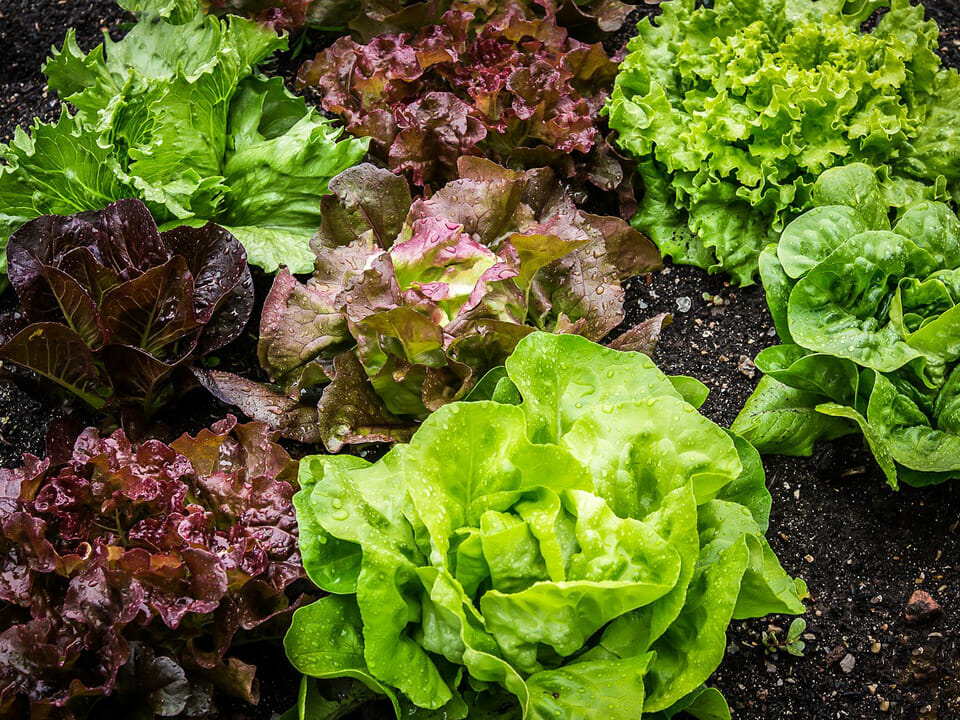
For baby-leaf lettuce, use a knife to make a clean cut, leaving the new interior to grow back in its place. This method is known as “cut and come again.”
Use your harvested lettuce leaves immediately as desired, or save them in the fridge for up to 10 days.
FAQs about greenhouse lettuce
Can I grow lettuce in a greenhouse in summer?
Yes, you can grow lettuce in the greenhouse year-round, especially in mild climates. In hot climates, however, greenhouses can easily heat up to 90°F or hotter, which will cause lettuce to bolt prematurely. Without a cooling system, it’s best to grow lettuce outside in the summer in these climates.
How long does lettuce take to grow?
Lettuce can take anywhere from 30 to 70 days to be ready to harvest. Baby leaf varieties can usually be harvested starting at around 30 days, while “head” varieties such as butterhead or romaine usually take around 60-70 days to fully develop. Most lettuces can be harvested early, though, if baby leaves are what you’re looking for.
When is the best time to plant lettuce in a greenhouse?
Depending on your climate, it’s best to start growing lettuce in the fall in your greenhouse. Using succession planting, you can ensure a steady supply of lettuce all the way through the next spring, or until greenhouse temperatures get too hot for lettuce.

